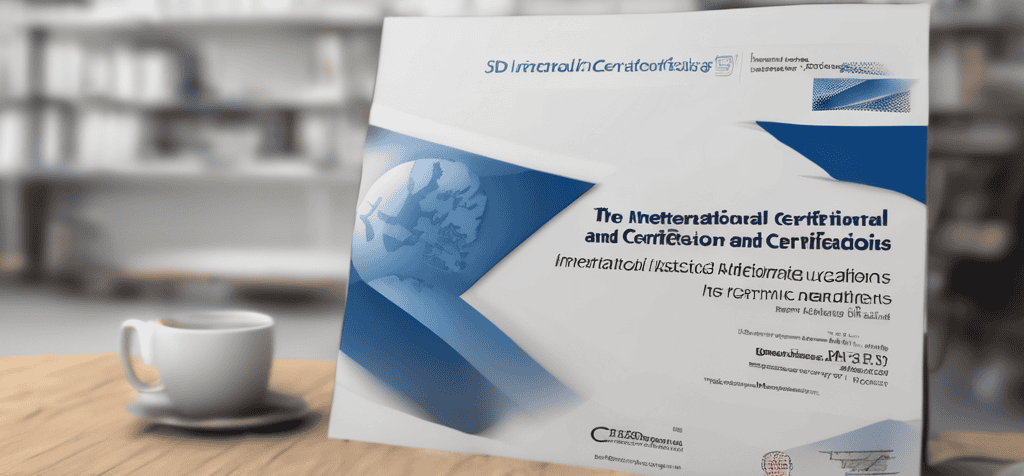Currency risks are inherent in international transactions, but with careful planning and proactive risk management, businesses can minimize exposure and protect their bottom line. By leveraging hedging instruments such as forward contracts and currency options, adopting natural hedging strategies, diversifying operations, and staying vigilant through risk assessment and monitoring, businesses can navigate currency risks with confidence and resilience in the global marketplace.
In the realm of international business, currency fluctuations pose significant risks that can impact the profitability and viability of transactions. Understanding and effectively mitigating currency risks is crucial for businesses engaged in cross-border trade. Here, we delve into the complexities of currency risk management and explore strategies to mitigate exposure.
Understanding Currency Risks
Currency risks, also known as exchange rate risks, arise from fluctuations in exchange rates between currencies. These fluctuations can occur due to various factors, including economic indicators, geopolitical events, central bank policies, and market sentiment. For businesses engaged in international transactions, currency risks can affect pricing, profitability, cash flow, and competitiveness.
Mitigating Currency Risks
- Forward Contracts:
Forward contracts allow businesses to lock in exchange rates for future transactions, mitigating the impact of currency fluctuations. By entering into forward contracts with financial institutions, businesses can hedge against potential losses arising from adverse exchange rate movements.
- Currency Options:
Currency options provide businesses with the right, but not the obligation, to buy or sell currencies at predetermined exchange rates within specified time frames. Options offer flexibility and downside protection, enabling businesses to capitalize on favorable exchange rate movements while limiting potential losses.
- Natural Hedging:
Natural hedging involves matching currency inflows and outflows to offset currency risks organically. Businesses can strategically structure transactions, pricing, and invoicing in the same currency as their revenue streams or production costs, thereby reducing exposure to exchange rate fluctuations.
- Diversification:
Diversifying revenue streams, supplier bases, and geographic markets can help businesses spread currency risks across multiple currencies and regions. By diversifying operations, businesses can mitigate the impact of adverse exchange rate movements on overall profitability and financial stability.
- Risk Assessment and Monitoring:
Conducting regular risk assessments and monitoring exchange rate movements is essential for identifying and managing currency risks effectively. Businesses should stay informed about macroeconomic trends, geopolitical developments, and market sentiment to anticipate potential currency fluctuations and adjust risk management strategies accordingly.
#CurrencyRisk #ForeignExchange #RiskManagement #InternationalBusiness #CurrencyHedging #GlobalTrade #FinancialManagement #BusinessStrategy #ExchangeRates #Forex
Read more views















































































